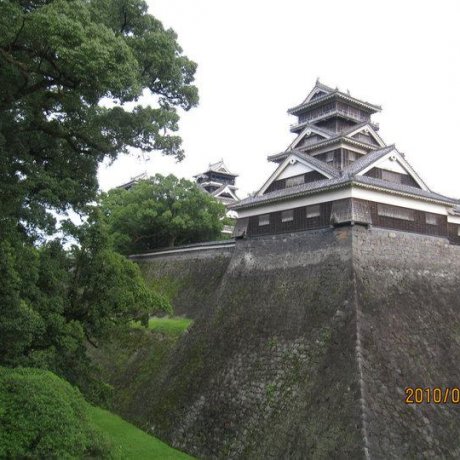
One of the Best: Kumamoto Castle
Bryan BaierThe meticulously reconstructed and refurbished Kumamoto Castle and its sprawling grounds offers visitors one of the best places..

Kumamoto Castle is the third largest castle in Japan and one of its most popular historic sites. Originally built in the early 1600s by renowned castle architect Kato Kiyomasa, the fortification was burnt during the Seinan Civil War in 1877 and again sustained damage in the powerful earthquakes of 2016.
Kumamoto Castle sustained heavy damage during the 2016 earthquake. During the summer of 2021, the inner keep reopened after a 5-year reconstruction period. However, sitewide renovations are expected to continue until around 2038.
Though an earlier fortification had stood on the site since the mid-1400s, the foundations for the current incarnation of Kumamoto Castle were first laid in 1600 by local warlord Kato Kiyomasa. Having studied castle design during Toyotomi Hideyoshi’s Korea campaign, Kato constructed some of the most impressive defensive walls in the nation at his new fortress. The Kato family was replaced as lords of the region a mere half-century later and the castle came under the control of the Hosokawa clan. During the Satsuma Rebellion of 1877, samurai leader Saigo Takamori laid siege to the fortress. Despite his efforts, the inhabitants outlasted him, though the main keep mysteriously burned during the struggle. A new main tower was built in 1960, which houses a history museum and an observation deck on the top level.
Kumamoto Castle is one of the top spots for hanami, or cherry blossom viewing, in late March and early April. Around 800 sakura bloom around the Kumamoto Castle Park, drawing thousands of picnickers to enjoy the colorful spring scene.
Visitors to the city can learn a bit more about Kato’s castle building techniques, among other things, at the Wakuwaku-za, a cultural complex located in the Josaien complex at the base of the castle. An assortment of shops and restaurants make this a good stop for locally-themed souvenirs or lunch; local delicacies here include horsemeat croquettes, spicy lotus root tempura, and a vermicelli noodle dish known as taipien.
In April 2016, the Mashiki district of Kumamoto city was struck by two severe earthquakes. The disasters caused damage to several of the original watchtowers, and many of the rooftiles on the main keep were dislodged. The castle is currently closed to visitors while a 20-year renovation process is carried out. Specialists are attempting to use traditional methods and techniques to restore the castle, making it a vital project in understanding the castle construction of the feudal era. However, parts of the main keep and grounds will open for a limited time during the World Rugby Championships in October 2019.
Kumamoto Castle is the third largest castle in Japan and one its most popular historic sites. Originally built in the early 1600s by renowned castle architect Kato Kiyomasa

The meticulously reconstructed and refurbished Kumamoto Castle and its sprawling grounds offers visitors one of the best places..

Kumamoto Castle has introduced a new fund raising system called, "Micro Lordship System", and has been raising donations from ..
 27
27
Kumamoto Castle is a top destination travel site for visitors in the Kyushu region. It is Japan's third largest castle with..
 6
6
Castle in Kumamoto that is 400 years old built by Kato Kiyomasa. You can see the city and nature from the obesrvatory at the highest..
 14
14
Kamakura's Hase Temple in January, just on the edge of autumn and the coming spring.

Kumamoto Castle, a magnificent castle located in southern Japan and is the pride of Kyushu has never lost its charm in any season...
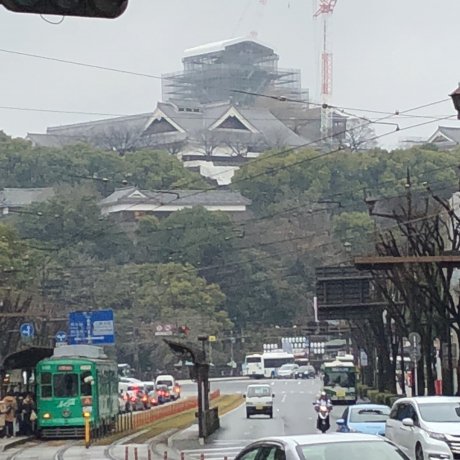
Kumamoto City Government is planning to complete reconstruction of the outside of the castle tower by March 2021. It will be opened..

Kumamoto Castle is a hilltop castle located in Kumamoto Prefecture. It is considered one of the three premier castles in Japan...
 7
7
Cherry Blossoms at Kumamoto Castle are in full bloom in the last few days of March.
 9
9
Despite suffering damage during last year’s earthquake, Kumamoto Castle is still a great place to visit, especially during the..
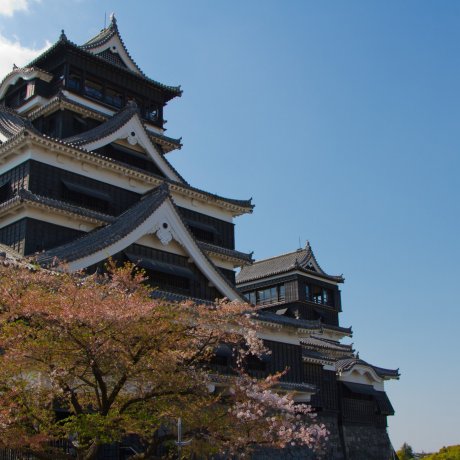 7
7
We were really lucky, it was a beautiful day. So instead of spending our time inside the castle museum, we took our time to ex..
 6
6
A yabusame event involving Japanese archers on horseback is held every year on the grounds outside Kumamoto Castle as part of ..

Kumamoto Castle, the biggest castle in Japan, will make you feel as if you walked into a samurai movie.
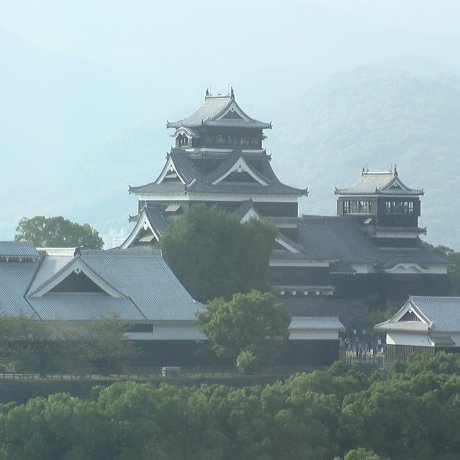 8
8
The Presidential Suite room at Hotel Nikko Kumamoto has a great view of Kumamoto Castle.

Hotel Nikko Kumamoto provides the most luxurious, comfortable, and convenient accommodation in Kumamoto City.
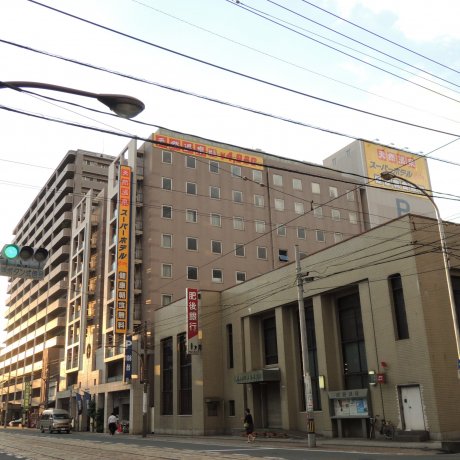
Hotel with many amenities that tries to meet each customer's personality and preferences.

The Honmaru Goten Palace Restaurant in Kumamoto gives visitors the chance to dine like a daimyo on a menu taken from the Edo Period..


The Japanese are meticulous about coffee, from researching the origin of coffee beans to the degree of roasting, milling, extr..
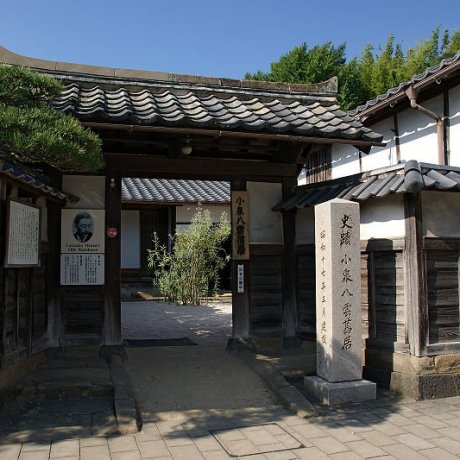
Lafcadio Hearn was born in Greece in 1850 to a father from Ireland and a mother from Greece. He was a British explorer who came to Japan in the 18th century..
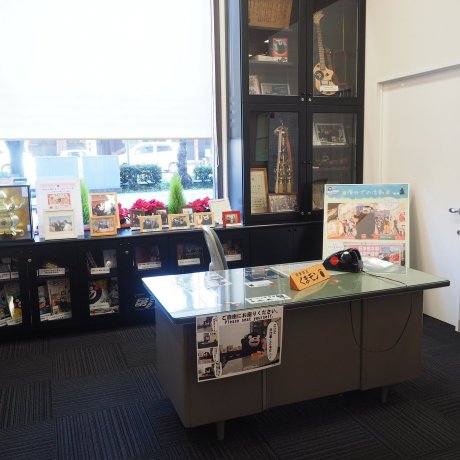
Kumamon Square is the" "office" "of the famous mascot Kumamon of Kumamoto Prefecture. The bear mascot was created in 2011 to improve public relations..

Suizenji Jojuen is a traditional Japanese landscape garden that was laid out in the late 1600s. Due to its enormous size of 64 hectares, it is often referred..
Your feedback has been sent.